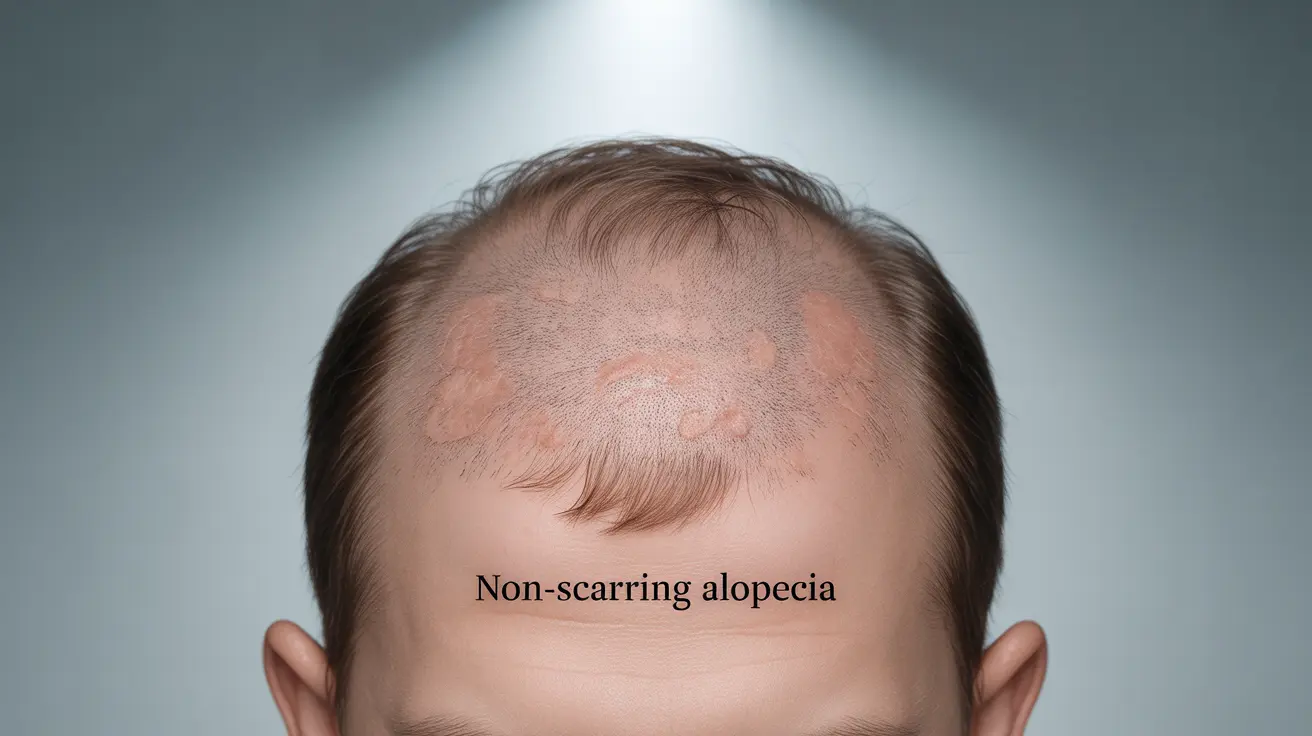Hair loss can be a concerning symptom of various medical conditions, including sexually transmitted infections like syphilis. Understanding the relationship between syphilis and hair loss is crucial for early detection and proper treatment of this serious but curable condition.
This comprehensive guide explores how syphilis affects hair loss across different stages of the infection, diagnostic approaches, and treatment options for both the infection and associated hair loss.
The Stages of Syphilis and Hair Loss
Primary Stage (Stage 1) and Hair Loss
During the primary stage of syphilis, hair loss is not typically a characteristic symptom. The main indicator during this stage is usually a painless sore (chancre) at the site of infection. However, understanding this initial stage is crucial for preventing progression to later stages where hair loss becomes more common.
Secondary Stage and Hair Loss Patterns
Hair loss becomes more prevalent during the secondary stage of syphilis, typically occurring 3-6 weeks after the primary stage. During this phase, patients may experience:
- Patchy hair loss on the scalp
- Loss of facial hair, including eyebrows and beard
- Moth-eaten appearance of the hairline
- Possible loss of body hair
Identifying Syphilitic Alopecia
Syphilis-related hair loss (syphilitic alopecia) has distinct characteristics that help medical professionals differentiate it from other types of hair loss:
- Non-scarring pattern of hair loss
- Asymmetric distribution
- Preservation of hair texture in unaffected areas
- Often accompanied by other secondary syphilis symptoms
Diagnosis and Testing
Proper diagnosis of syphilis-related hair loss involves several steps:
- Blood tests to confirm syphilis infection
- Physical examination of hair loss patterns
- Review of other symptoms
- Evaluation of medical history
- Differential diagnosis to rule out other causes of hair loss
Treatment and Recovery
The primary treatment for syphilis-related hair loss focuses on addressing the underlying infection:
- Penicillin injections as the standard treatment
- Alternative antibiotics for penicillin-allergic patients
- Regular follow-up testing to ensure treatment success
- Monitoring of hair regrowth progress
Hair Regrowth and Timeline
With proper treatment, the prognosis for hair regrowth is generally positive. Most patients experience:
- Initial signs of regrowth within 2-3 months of treatment
- Complete hair restoration within 6-12 months
- Normal hair density and pattern after full recovery
Frequently Asked Questions
Can stage 1 (primary) syphilis cause hair loss?
Primary syphilis rarely causes hair loss. Hair loss typically becomes evident during the secondary stage of the infection, not during the primary stage where a chancre is the main symptom.
What does hair loss from syphilis look like during the secondary stage?
During the secondary stage, syphilis-related hair loss typically appears as patchy, "moth-eaten" areas on the scalp and can affect eyebrows and beard areas. The pattern is usually asymmetric and non-scarring.
How is syphilitic hair loss diagnosed and distinguished from other causes of hair loss?
Diagnosis involves blood tests to confirm syphilis infection, physical examination of the characteristic "moth-eaten" pattern, and evaluation of other secondary syphilis symptoms. Doctors will also rule out other causes of hair loss through differential diagnosis.
Can hair regrow after syphilis-related hair loss, and how long does recovery take?
Yes, hair typically regrows after successful treatment of syphilis. Most patients begin to see regrowth within 2-3 months after treatment, with complete restoration usually occurring within 6-12 months.
What treatments are effective for syphilis to prevent or reverse hair loss?
Penicillin is the most effective treatment for syphilis and its symptoms, including hair loss. The standard treatment involves benzathine penicillin G injections, with alternative antibiotics available for penicillin-allergic patients. Treating the underlying infection is key to reversing hair loss.




